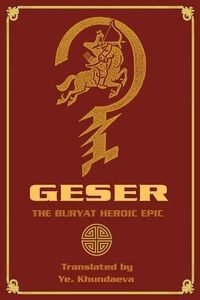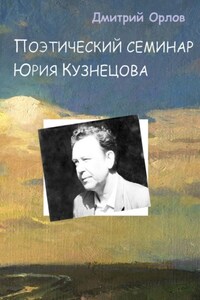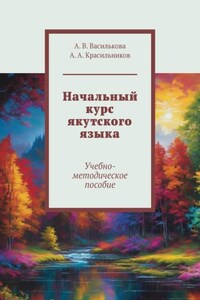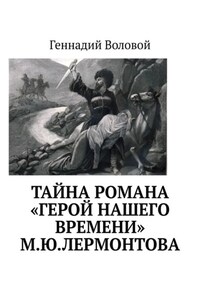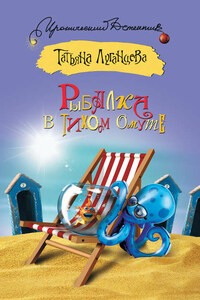One of the best folklore traditions of the Buryat people, the heroic epic of the mighty hero-bator and liberator of the whole world from all the evil Geser is a wonderful creation of the gifted epic-tellers or uligershins who came from the common people and partook of the rich spiritual heritage of their own people.
Many people have the fascinating tales narrating of the ideals of strength, kindness and fairness, devotion to one’s motherland and its defense. One can mention some of them: the Kalmyck “Djangar”, the Evenki nimngakans, the Sakha-yakut “Nyurgun-bootur”, the Kazakh “Кобланды батыр”, the Uzbek “Alpamysh”, the Kyrgiz “Manas”, the Turkmen “Gyor-ogly”, the Anglo-Saxon “Beowulf”, the Greek “Iliada”, the Karel and Finnish “Kalevala” and many others.
All of them sing glory to life and beauty, kindness and fairness, common sense and wisdom, the struggle of the people for the highest ideals, happiness and prosperity.
The Geseriade is a unique creation of the Buryat people, it’s very big and surpasses in size the epics of many other peoples. The Geseriade is spread on the vast territory from the tropical Ganges in North India and Bangladesh flowing from the Himalayas into the cape of Bengal, to the cold Amur in North-East Asia; from the sunlit Yellow river in East China to the cool Lena in East Siberia. The heroic epic of the Buryat people narrates of the noble deeds of Geser liberating the people from the evil, of his battles with the monsters preventing the people from living in peace and harmony. Not infrequently those monsters- mangadkhais personified the powerful, threatening forces of Nature that were beyond understanding of the common folk. They were quite unaware of their origin and the cause for their being merciless. Therefore those powerful forces were taken as, say, Gal-Nurman Khan who was the symbol of one of the prime elements – the Fire, the oppressive heat and drought or Loir Lobsogoldoi who was the personification of another prime element, the Water, the flood and overflow that badly damaged and injured the people, animals and plants. One could add here the monster Orgoli who was taken as Master of the thick forests and could deprive the hunters of their game or sometimes took up their lives. Then there was Shereem Minata khan with an iron whip and a pig iron thigh who possibly symbolized the starting point of the blacksmith shop, the first steps in mastering the art of forging. The sparks and flames coming from the glowing incandescent metal were perceived by the ancient forefathers of the Buryats as a threatening iron whip which might burn or dazzle. One might as well recall the epical devil Arkhan who wanted to swallow the Sun and the Moon and plunge the Earth into the darkness. This might be the symbolical representation of the Sun and the Moon eclipse in the perception of the ancient Buryats. Geser also fights with the alien tribes who threatened the peaceful life of his kinsmen. In the epic those are the Sharaldai Khans. The heroic and fair Geser-bator fights with those evil forces.
